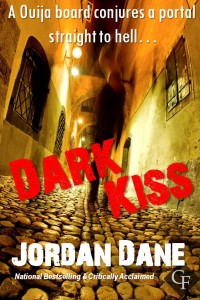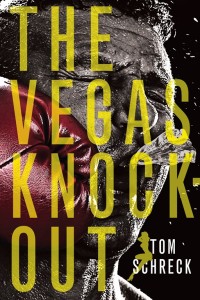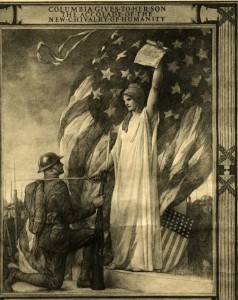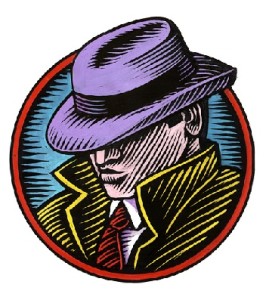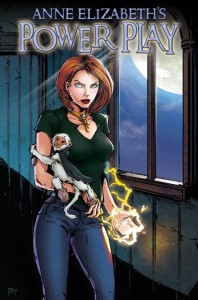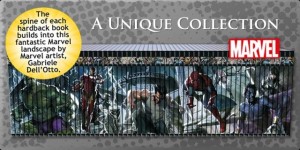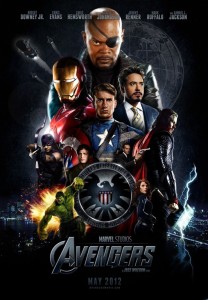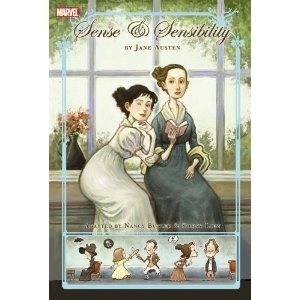This is post #1 in a blog post series that I hope you will find interesting—things that I have learned on my indie author journey. Since I’ve been fortunate enough to be published by HarperCollins and Harlequin Teen, I can see and appreciate the differences in what I will be doing as I self-publish. I’m discovering what my houses do behind the scenes for authors on the e-book front and realize that when I become an indie author, I will have to make choices on how to expand my distribution and retail visibility—ways my traditional publishers did for me without me knowing it.
My first recommendation for any indie author is to do your research on what’s involved. It’s not simply writing a story, editing it well, spending some coin to format and cover it, and uploading it onto Amazon and expect readers to find you. You first have to put out the best book you can, because quality will help you build a readership. Secondly, there is a business side that detracts from your writing time and you must be aware of how time consuming this can be. You won’t be able to load your book up and have readers flock to find you. It takes time to build a virtual shelf of quality work and expand your distribution. That’s why I wanted to share my experiences so you can research what will work for you and not spin your wheels, trying to gain traction.
This series of posts are intended to jumpstart your research, but for the purposes of discussion, I will lay out the decisions I had to make as I began. I’d spent time researching and building service provider contacts. I already had an infrastructure in place where I had an online presence, blogs, twitter accounts, Facebook pages, and many other sites that I have grown my online presence. A new indie author would not start where I did. They’d have to catch up and that takes time and money to set up your promotional foundation. This post is not intended to start from scratch. I’m sharing my experiences, starting from a spot where I already had insights into the industry. I hope what follows will help any author build on their expertise.
For me, the process started with me making decisions on which service to upload my books into after I’d done my initial due diligence into self-publishing. I knew I would upload to Amazon and B&N. They provide comprehensive systems that make the process easy and their reach encompasses most of the e-books being sold today. So realize that if you upload to Amazon Kindle and B&N Nook, you are probably reaching 60-70% of the digital books being sold. In a quickly changing world, however, the shift in technology could change this dynamic, but for now I’m comfortable with my digital offerings being on these two sites. For many established authors, who want to step foot into the indie world, this might be enough. But it’s not enough for an indie author with dreams of finding another way to make a living and who might be starting from scratch.
A traditional publisher uses its name to aggregate digital books to retailers and provides the latest offerings in a bundle. They support and build an infrastructure to get their books into as many viable venues as possible, to get books into the hands of today’s online readers. An indie author is on their own to figure out how to expand their reach and what to promote, but traditional houses have resources en masse with staff to support that effort. For an indie author to learn what works—and to grow what they know— they must navigate uncharted waters of Distributors and Retailers that are willing to allow self-published authors or small houses to have the same access as larger publishing houses.
I thought it would be interesting to break down what I’ve learned into five posts and create a future page of resource links on my FRINGE DWELLER blog for indie authors that I will maintain for myself and to share. My hope is to demystify the process of self-publishing so authors can make informed business decisions on how to get their work in the hands of readers directly. Ultimately, this will become a comprehensive “how to” book on author promotion that will cover various topics from branding and online presence, to press kits and resources, with practical tips on distribution. This indie process has educated me and will continue to do so.
But in doing this, I’m also realizing what my traditional houses have been doing for me and appreciate their efforts. I’m hoping to maintain a balance that works for me where I can still have projects through traditional publishers, but reap the benefits and gain experience with being an indie author for certain projects. Sustaining my online presence and growing my name recognition will hopefully be a benefit and a WIN-WIN for any house I work with as I self-publish. By expanding my reach, I can also give my agent more to represent.
Even authors who have no plans to self-publish can gain an appreciation for what goes on behind the scenes beyond your desk, your publisher, and your friendly retailer—because today’s readers have many ways to discover books outside the brick and mortar stores.
Here are the bullet point topics I will cover in this blog post series:
1.) Introduction (Post #1)
2.) E-Book Retailers – A Checklist Place to Start (Post #2)
3.) Distributors & Library Sales (Post #3)
4.) Retailers with Volume Restrictions or Limited Access (Post #4)
5.) Conclusions & Introduction to My Resource Page (including review sites receptive to indie author books by genre) (Post #5)
Please share your questions and topic suggestions that you hope I will cover so I can target the focus of my series. I’d appreciate your input.
In the mean time, I hope you will indulge me in a little blatant self-promotion for my first ever self-published offerings.
 ONE AUTHOR’S AHA MOMENTS (92-page POD, e-book) is geared toward aspiring authors and has an emphasis on the Young Adult genre. These writing tips may also be helpful to experienced authors and those who write other genres. My advice comes from my personal experiences on writing fiction for adult and teen markets and what has worked for me. Topics include: Young Adult fiction themes, voice, and characteristics; how to create characters editors look for & give them a unique voice; plot structure that even a non-plotter can love; how to hook your book; the writer’s life, goal setting, editing, book promotion and more.
ONE AUTHOR’S AHA MOMENTS (92-page POD, e-book) is geared toward aspiring authors and has an emphasis on the Young Adult genre. These writing tips may also be helpful to experienced authors and those who write other genres. My advice comes from my personal experiences on writing fiction for adult and teen markets and what has worked for me. Topics include: Young Adult fiction themes, voice, and characteristics; how to create characters editors look for & give them a unique voice; plot structure that even a non-plotter can love; how to hook your book; the writer’s life, goal setting, editing, book promotion and more.
My first anthology of short stories—SEX, DEATH & MOIST TOWELETTES (e-book)—is now available. It’s a mix of stories from crime fiction noir to paranormal, with my brand of dark humor. As a teaser for anyone not familiar with my adult paranormal writing, I’m releasing DARK KISS (e-book) as a single short story from the anthology for a discounted price.


